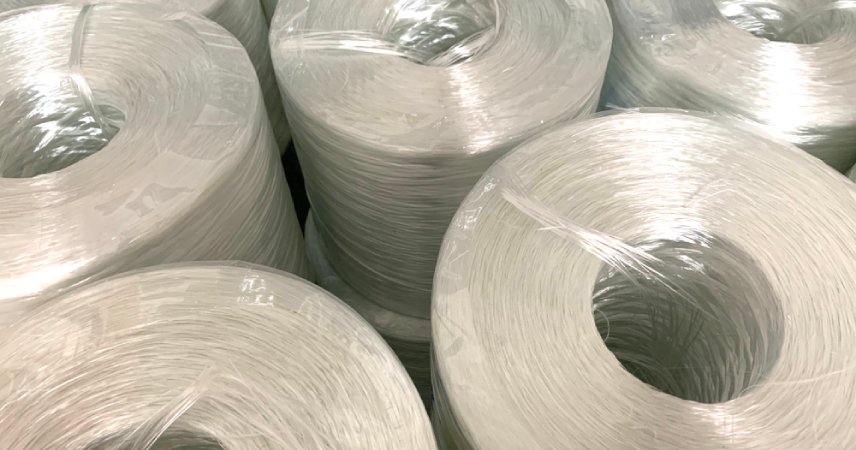Introduction
In today’s competitive packaging industry, businesses need cost-effective, durable, and high-performance packaging materials. From food packaging to industrial wraps, the demand for packaging with strong sealing, moisture resistance, and barrier protection is constantly growing. An Extrusion Coating & Lamination Plant provides exactly that. By applying a thin layer of molten polymer onto paper, foil, fabric, or film substrates, this technology creates value-added, multi-functional laminated packaging materials that are widely used across industries. In this blog, we’ll explore what extrusion coating & lamination plants are, how they work, their advantages, and their applications.
What is an Extrusion Coating & Lamination Plant?
An Extrusion Coating & Lamination Plant is a specialized machinery line designed to coat or laminate substrates like paper, aluminum foil, polyester (PET), BOPP, or woven fabric with molten polymers such as LDPE, LLDPE, EVA, or PP.
Extrusion Coating → A thin polymer layer is directly coated on a substrate to provide sealing, strength, or barrier properties.
Extrusion Lamination → Multiple substrates (e.g., paper + foil, PET + PE) are bonded together using a molten polymer as an adhesive layer.
This process produces composite packaging materials that combine the best properties of each layer.
Working Principle of Extrusion Coating & Lamination
Extrusion – Polymer granules (LDPE, PP, EVA, etc.) are melted in the extruder.
Die & Film Formation – The molten polymer is extruded through a flat die into a thin film curtain.
Coating/Lamination – The molten curtain is applied onto the substrate(s) at the nip point between a chill roll and pressure roll.
Cooling & Solidification – The coated/laminated substrate is cooled on a chill roll to ensure proper adhesion.
Winding – The finished laminated roll is wound for further use in packaging or converting.
Applications of Extrusion Coating & Lamination
This technology is widely used in flexible packaging, industrial, and commercial sectors. Major applications include:
-
Food Packaging
Snack packaging, milk & juice cartons, frozen food packs.
Sachets for sauces, ketchup, spices. - Pharmaceutical Packaging
Blister packaging, medical pouches, protective films. - Textile & Garment Packaging
Wrapping materials, protective laminates. - Industrial Packaging
Woven sack lamination, tarpaulins, protective covers. - Stationery & Printing
Book covers, advertising banners, decorative laminates. -
Agriculture
Seed packaging, fertilizer bags.
Advantages of Extrusion Coating & Lamination Plant
Improved Barrier Properties – Protects against moisture, oxygen, grease, and aroma.
Cost Efficiency – Reduces the need for separate adhesives and multi-step processes.
High-Speed Production – Continuous process ensures large-scale efficiency.
Material Versatility – Works with paper, foil, PET, BOPP, woven fabrics, etc.
Durability & Strength – Films offer superior sealing and mechanical strength.
Better Printability – Provides smooth surfaces for high-quality printing.
Sustainability Options – Compatible with recyclable and eco-friendly polymers.
Key Considerations When Choosing a Plant
When investing in an extrusion coating & lamination plant, consider:
Production Capacity – Speed and output in meters/min or kg/hr.
Web Width – Machine width depending on packaging size needs.
Coating Thickness – Control over microns for different applications.
Automation & Controls – PLC-based systems for accuracy and consistency.
Energy Efficiency – Advanced heaters and drives for reduced power consumption.
After-Sales Support – Service, training, and spare part availability.
Future of Extrusion Coating & Lamination Technology
With rising global focus on sustainability and recyclability, extrusion coating & lamination plants are evolving to use bio-polymers, recyclable resins, and water-based coatings. Flexible packaging will continue to shift towards lightweight, high-barrier laminates that reduce plastic use while ensuring food safety.
This ensures a bright future for extrusion coating & lamination technology in food, pharma, agriculture, and industrial packaging.


